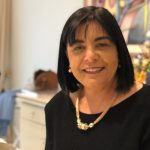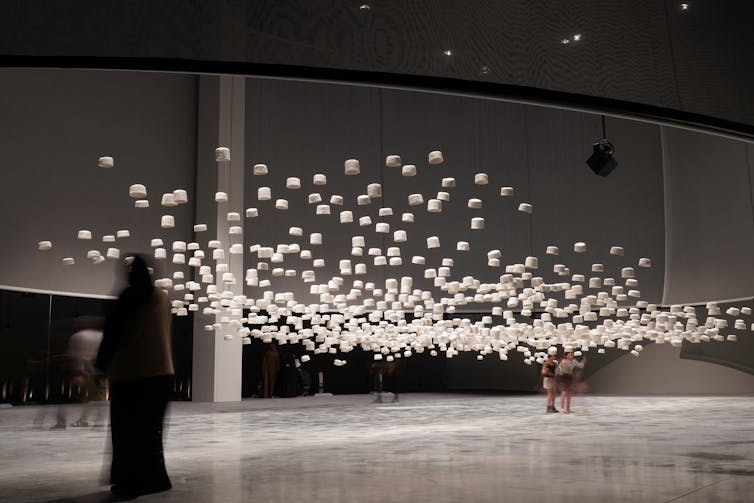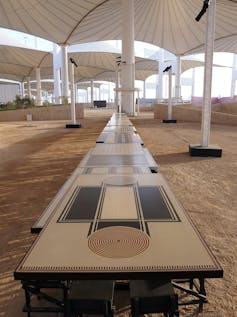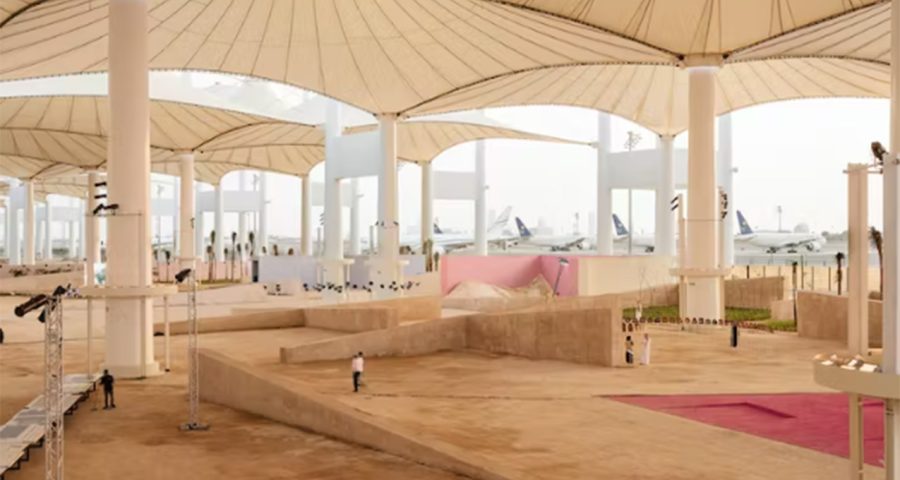
The world’s first Islamic art biennale shines a light on Muslim African artists
The inaugural Islamic Arts Biennale is underway in Jeddah, Saudi Arabia. (Biennales are large and prestigious international art exhibitions held every two years.) This important new event for the Muslim world features numerous African artists. The biennale’s artistic director is Sumayya Vally, a South African architecture professor and principal of Counterspace design studio. A rising […]
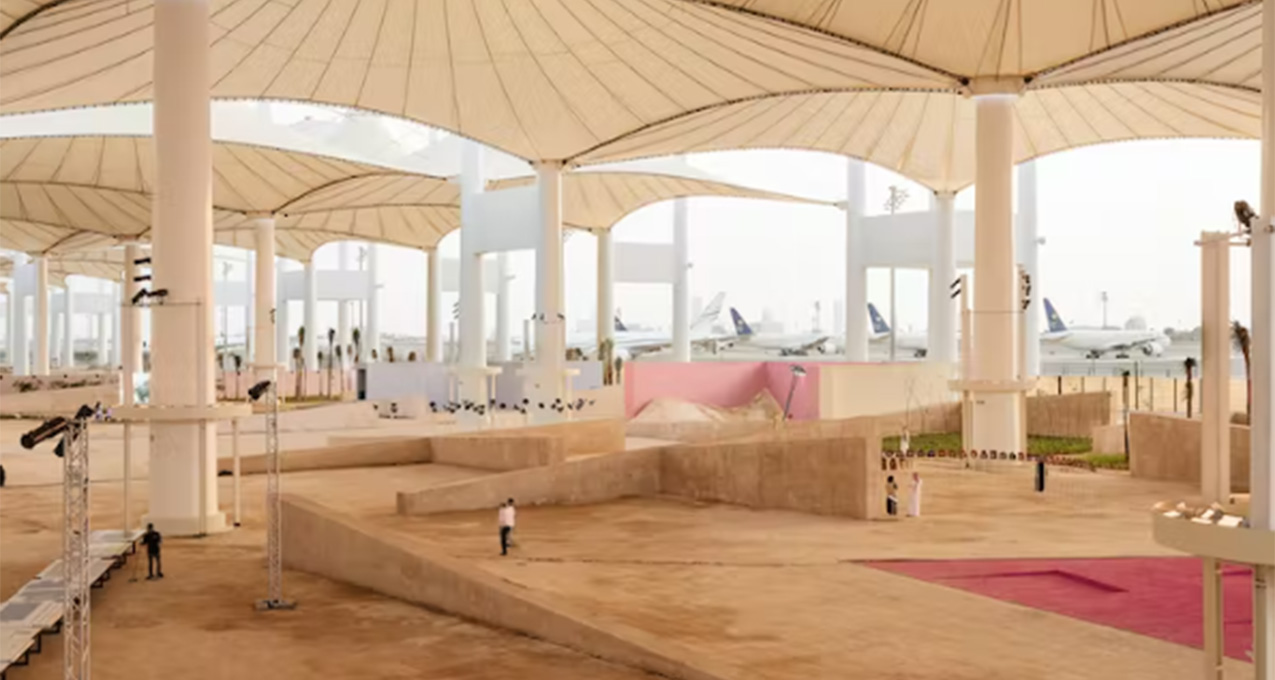
The inaugural Islamic Arts Biennale is underway in Jeddah, Saudi Arabia. (Biennales are large and prestigious international art exhibitions held every two years.) This important new event for the Muslim world features numerous African artists. The biennale’s artistic director is Sumayya Vally, a South African architecture professor and principal of Counterspace design studio. A rising star in the art and architecture worlds, Vally was intent on creating the biennale to connect with the diverse experiences of being Muslim through ritual, practices and philosophies. The Conversation Africa asked her five questions about the biennale.
What is the importance of an Islamic biennale?
The field of “Islamic art” was defined by Europeans in the 1800s – and hinged on geography, style and historical chronology. So it was inherited from definitions outside the faith. It’s my hope that this biennale puts forth a different definition of and for Islamic arts – one that recognises Islamic philosophies for our present and future, and one that honours the daily lived experiences of the Muslim world.

It is important that we acknowledge that Islamic faith, Islamic practice and Islamic tradition can and should be making a creative contribution to the world.
The biennale’s theme of Awwal Bait refers to the reverence and symbolic unity evoked by the Ka’bah in Makkah (often referred to as the Kaaba shrine in Mecca), the centre of Islamic rituals.
A big part of what this biennale aims to demonstrate is that Islamic practice is rooted in collective rituals and experiences of community and belonging. I believe platforms like this have a role to play in understanding the profound cultural and artistic heritages around us; and in nurturing and promoting understanding between communities.
Why is this significant for African artists?
It is not often that the opportunity comes along for artists to fully immerse themselves in work that is expressly Islamic, or rooted in its rituals, philosophies and practices. In highlighting the diversity of Islamic ways of being, participating African artists contribute to the many notions of what Islam is and can be.
Could you walk us through the show?
I interpreted the entrance area in the Hajj Terminal of Jeddah’s King Abdulaziz International Airport as a reception area for the world – what the city and the site has always been. It’s the gateway to hajj, the annual Muslim pilgrimage, and the terminal is able to accommodate up to 80,000 pilgrims. For the biennale, it contains an array of contemporary and older artefacts associated with those who service pilgrims.
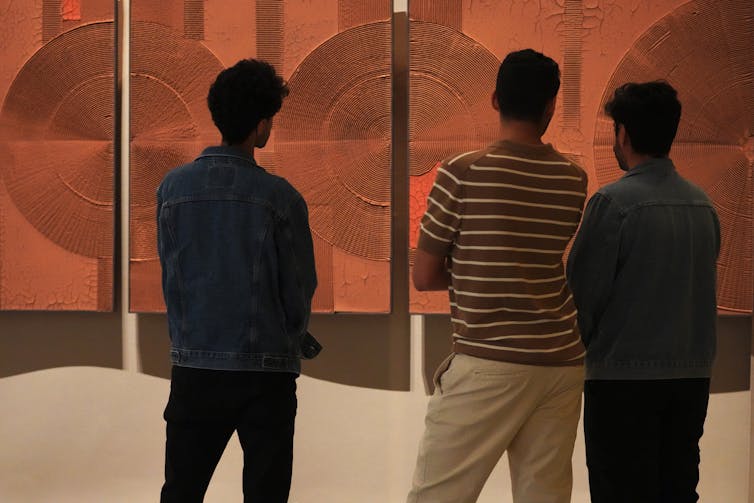
From there visitors move to the indoor galleries. Their principal theme is that of the sacred direction (qiblah) to which Muslims point in prayer five times a day, every day of the year. And the focus of those rituals, the Ka’aba in Makkah. It describes the construction of our daily spiritual belonging.
Starting in a dimly lit room and ending in a brightly lit space, viewers go on a journey from darkness to light. It moves up in scale. From the call to prayer – sound on the vibrational scale – to the scale of the limbs and the body in prayer. To bodies in gathering – both in life and death. The climax of the exhibition is the scale of infinity – the door of the Ka’aba itself. The works include sound installations, ancient artefacts, religious manuscripts, photographic works and diverse contemporary installations ranging in scale.
In the outside space, within the Hijrah (migration) theme of the biennale, the works reflect on the construction of home and belonging no matter where we are in the world – the building blocks of community created through our rituals of food, sound, festival, time and season, work, worship, memory and imagination.
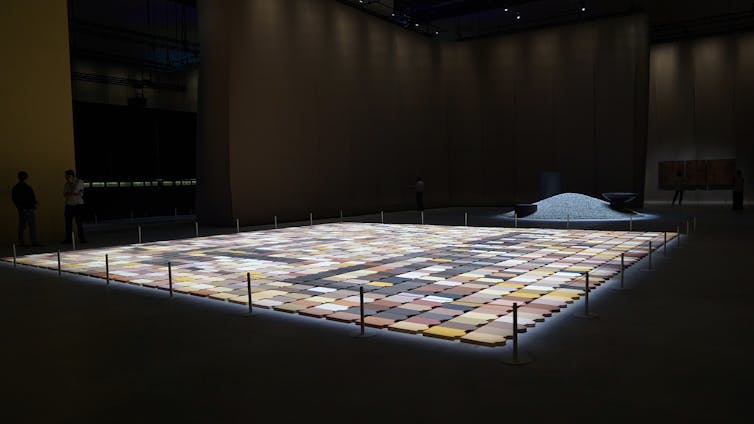
Many contemporary migrations in our world are synonymous with loss and displacement, and rituals become a remaking of home.
Outside, works increase in scale to sculpture and built structures. Each of these is an invitation for an activation. Throughout the biennale, they will host gatherings, performances and discussions.
Could you discuss some of the African works?
It is very hard for me to single out any one piece, as each of them hold their own power in telling a unique, individual story. However, I will share some detail behind just three.
Through performance, sculpture and installation, South African tapestry artist Igshaan Adams’ piece Salat al-jama’ah explores aspects of politics, race and religion as they have affected both his personal history and that of his community.
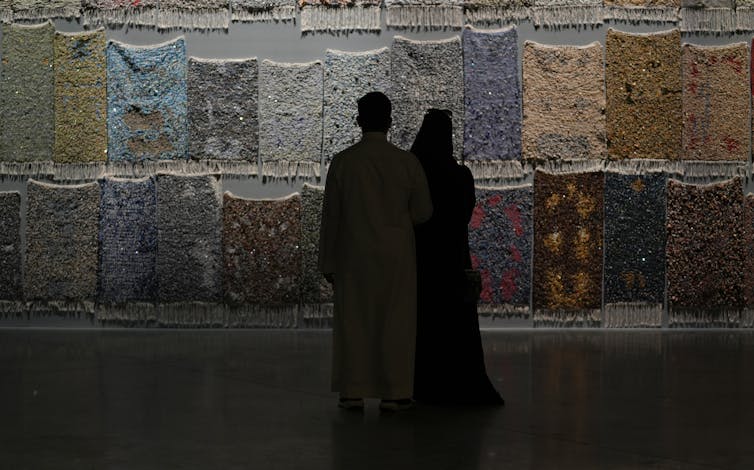
His intricate woven artworks employ a range of natural and synthetic materials, but many draw inspiration for their form and pattern from traditional Islamic textiles. For this work he collected a number of used prayer rugs from close friends and family living in the Bonteheuwel district of Cape Town. In this district, many Black and Coloured families were forcibly moved by the apartheid authorities in the 1960s.
Each rug records the imprint of its owner’s body in the act of prayer over many years. Adams has interpreted these patterns of wear using beads and semiprecious stones to create a series of new textile pieces. They speak of the value of collective worship.
The scale and story of Amongst Men by fellow South African artist Haroon Gunn-Salie stands out. He is named after Abdullah Haron, a South African imam (Muslim cleric). An outspoken critic of apartheid, Haron was murdered while in police custody in 1969. His funeral was attended by over 40,000 mourners, acting in defiance of the apartheid authorities.
Developed by Gunn-Salie in collaboration with Haron’s widow, Galiema, and daughter, Fatiema Haron-Masoet, Amongst Men conceptually re-creates this event. A thousand individually suspended kufi caps (headpieces worn by Muslim men across Africa and South Asia) evoke the scene at the Cape Town cemetery where Haron was buried. The accompanying audio includes extracts from one of his sermons and from a poem by his friend, South African writer James Matthews, and the voices of his daughters. Amongst Men invites the onlooker to consider the intersecting histories of Islam and resistance to colonialism and apartheid.
An installation by Tanzanian artist Lubna Chowdhary celebrates generosity and hospitality in Islam, and communal rituals of eating and praying. Its form – a long, low table – draws on the traditions of the majlis (sitting room), a place where guests are entertained, often sitting on cushions or carpets. As more guests arrive, more carpets are added, symbolising a welcome that can be extended infinitely.
The theme of boundless sharing is reflected in the structure of the table, which is inspired by open-source furniture design.
What have you taken from this experience?
Through the biennale, I hope to convey the timelessness of Islamic thinking and practice, and the diversity and breadth of the Muslim world. The philosophies of the Islamic faith offer the potential to think about the future differently.
The biennale runs until 23 April 2023.![]()
Sumayya Vally, Honorary Professor of Practice, Bartlett School of Architecture, UCL
This article is republished from The Conversation under a Creative Commons license. Read the original article.
